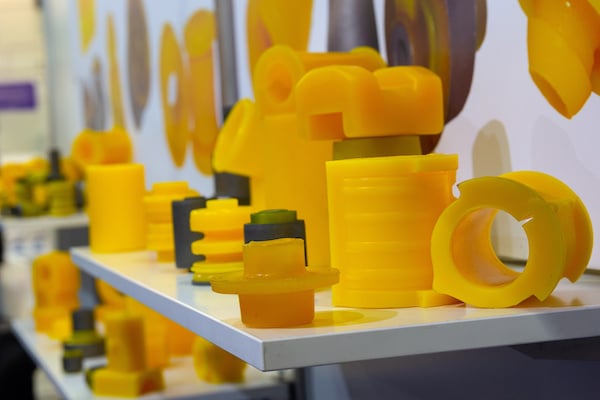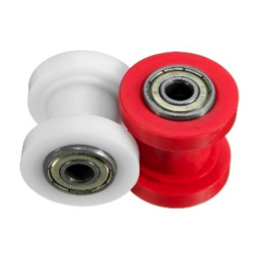Offering a vast array of quality chemical products, backed by decades of industry expertise. Navigate our extensive selection of polymers, resins, intermediates, & more to find the right materials for your specific formulation.

AMERICAS

EMEA








-min.png)



/Dynamic%20Performance%20of%20Polyurethanes%20Based%20on%20Polycaprolactone%20Polyols.png)











